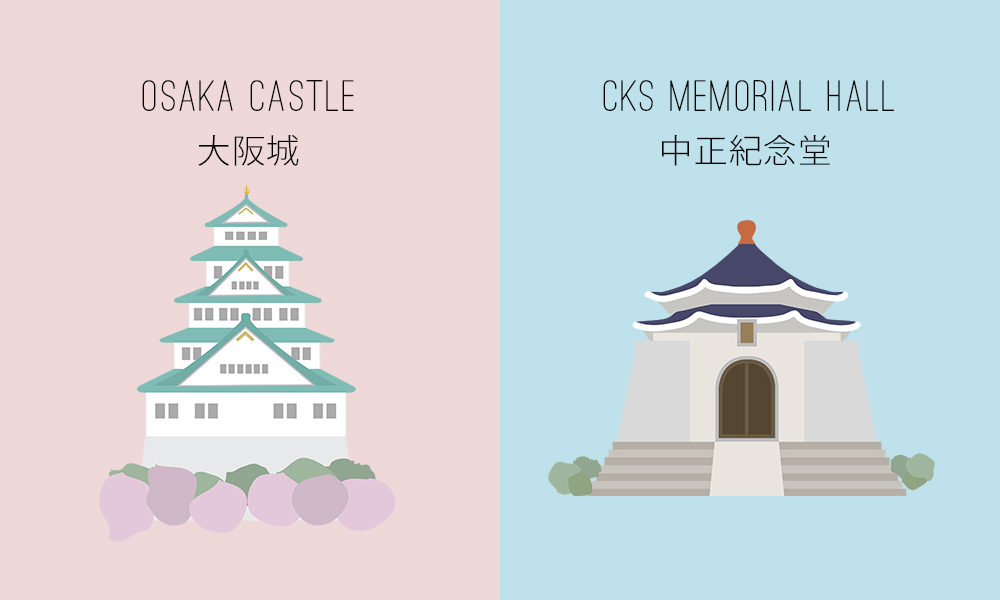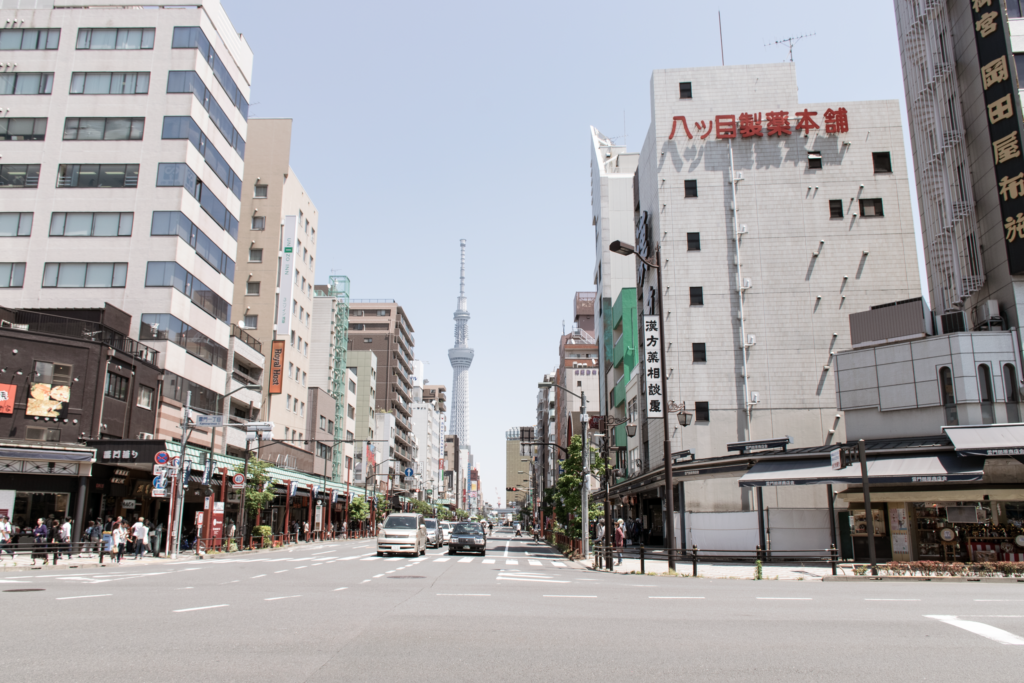emojis #irl: a photo essay
we do live in the 21st century after all
Japan. A magical place where emojis come to life. Well, some of these are pushing it, but I did enjoy humoring myself in this very #millennial “photo essay.” Embellished by emojis. Thank you, 21st century.
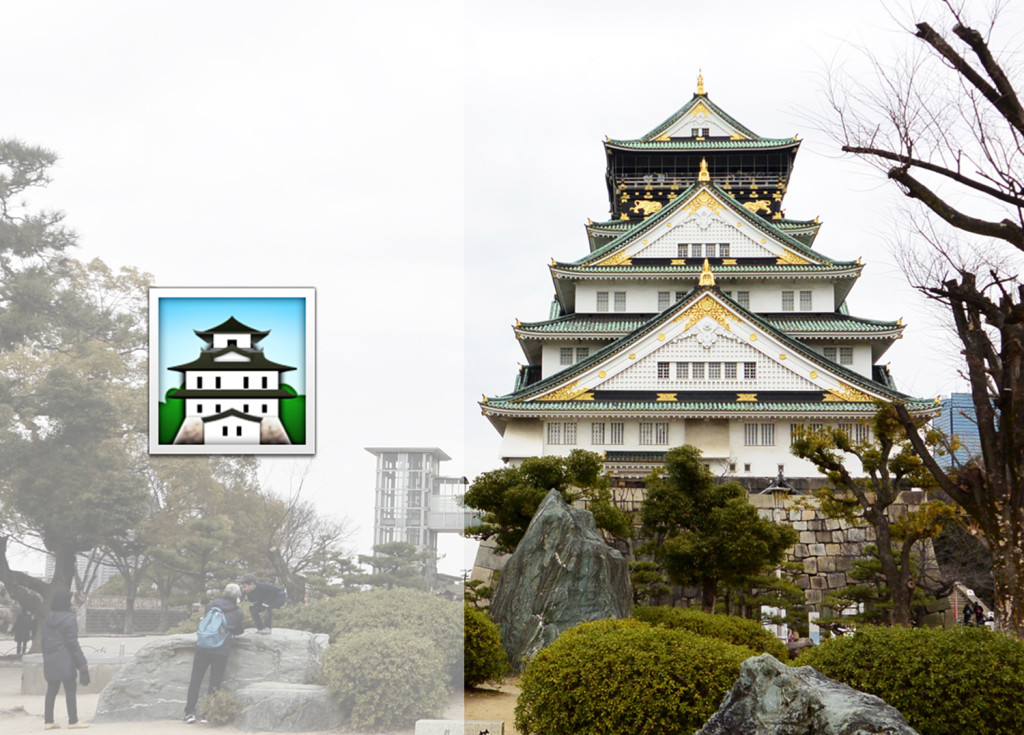
Osaka Castle
The first place I visited (straight from the airport) was Osaka Castle – which I couldn’t help but notice looked kinda like this Japanese castle emoji. Needless to say I was excited to find free wifi so I could post it on Instagram and use this emoji for the first time ever.
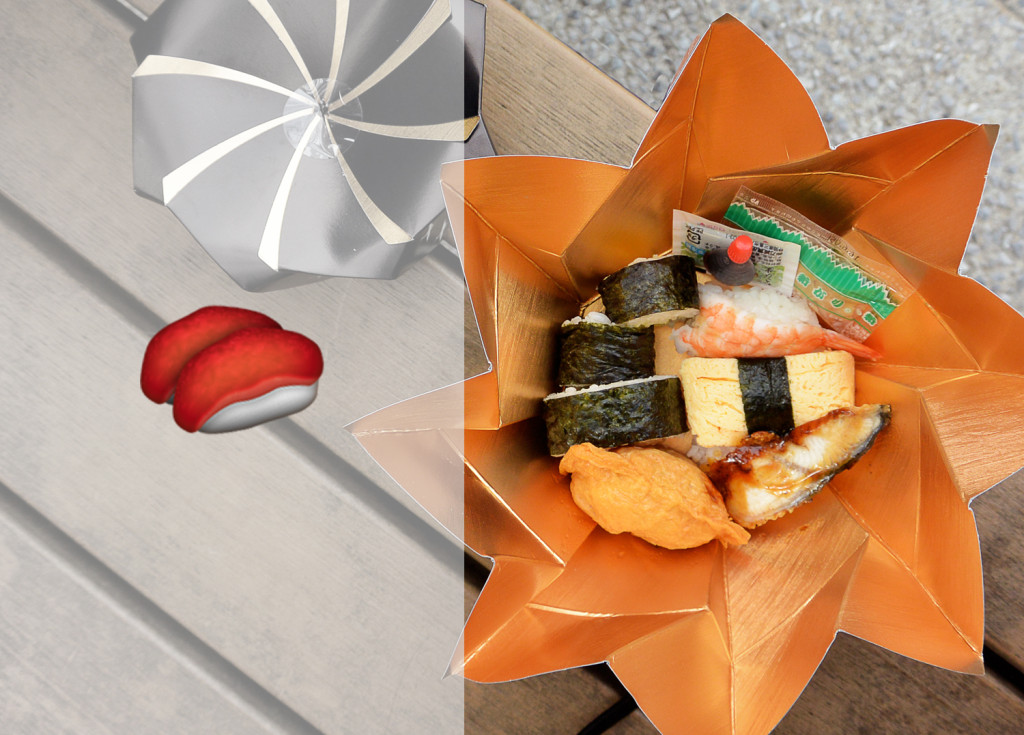
sushi
The first meal I had in Japan was a sushi lunch (eaten as a picnic on the castle grounds). Very stereotypical first meal. And the packaging was very stereotypically Japanese as well – beautifully crafted, overly convoluted yet somehow still sleek and minimalistic, and a rather inefficient (though perfectly effective) and uneconomical use of resources. Aka this was srsly the most extravagant sushi packaging I’ve encountered. (Though as a disclaimer I feel I should mention that I am most used to Nijiya’s plastic trays of nigiri and messy spicy tuna rolls from Sushi Stop in bulky styrofoam take out containers because Sawtelle).
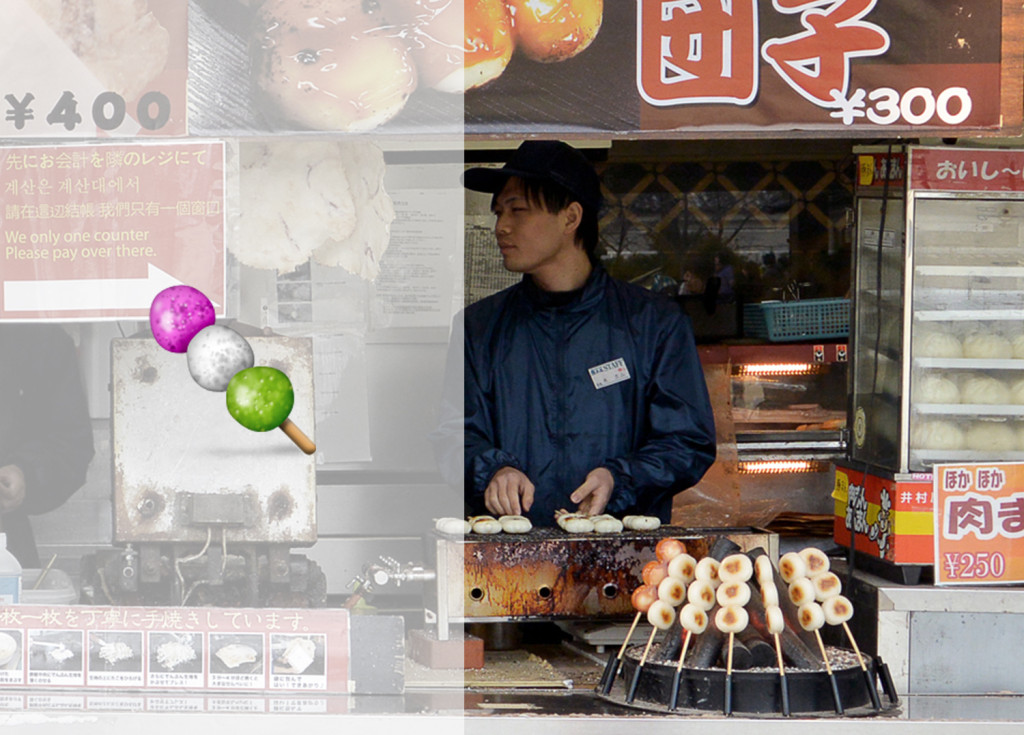
Miscellaneous balls on a stick
Tbh I never really knew what this emoji even is… but one of the first street foods I encountered was these mochi balls on a stick (dango) and I figured it was close enough. The grilled mochi is slightly sweet and glazed with savory soy sauce. Pretty good when enjoyed hot while braving the cold windy weather.
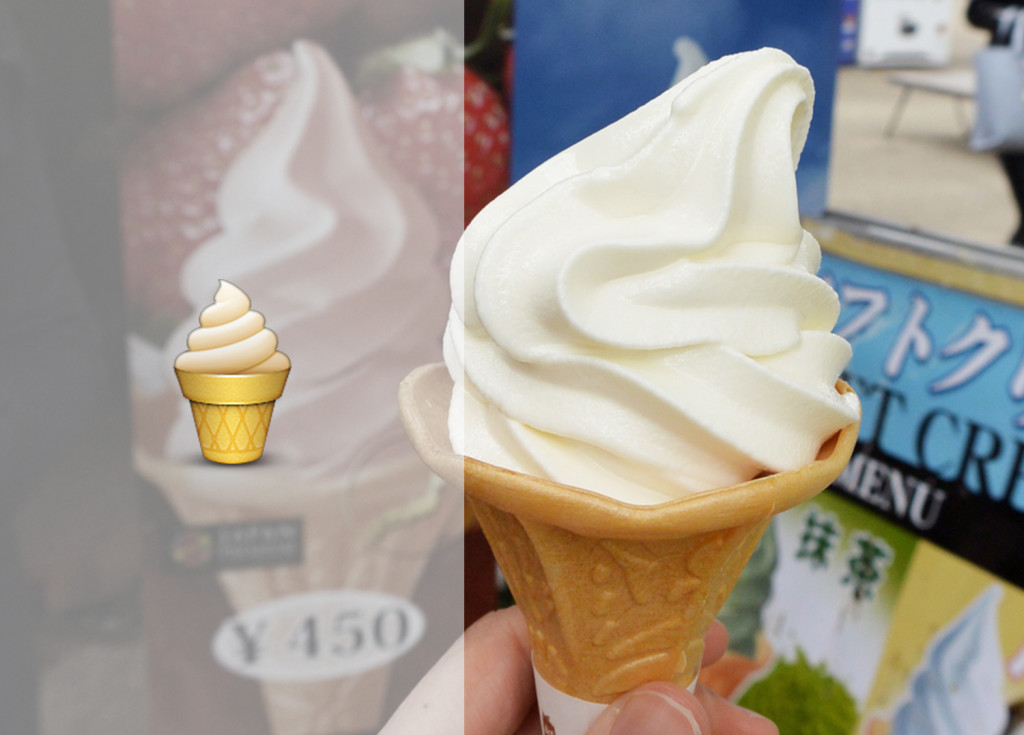
soft serve
But of course, the best part about Japanese culture, imo, is their habit of eating ice cream during the winter. To me, frozen desserts should be enjoyed year round no matter what the temperature is, but most people think I’m crazy. In Japan, they enjoy cold food in the winter and hot foods during the summer as they believe it helps to calibrate the body to the weather – therefore supposedly making one feel less cold by eating ice cream while out in the cold. I’m not positive based on experience whether that theory stands true for me but I did appreciate not being judged for having a cone in hand while strolling through light snow.
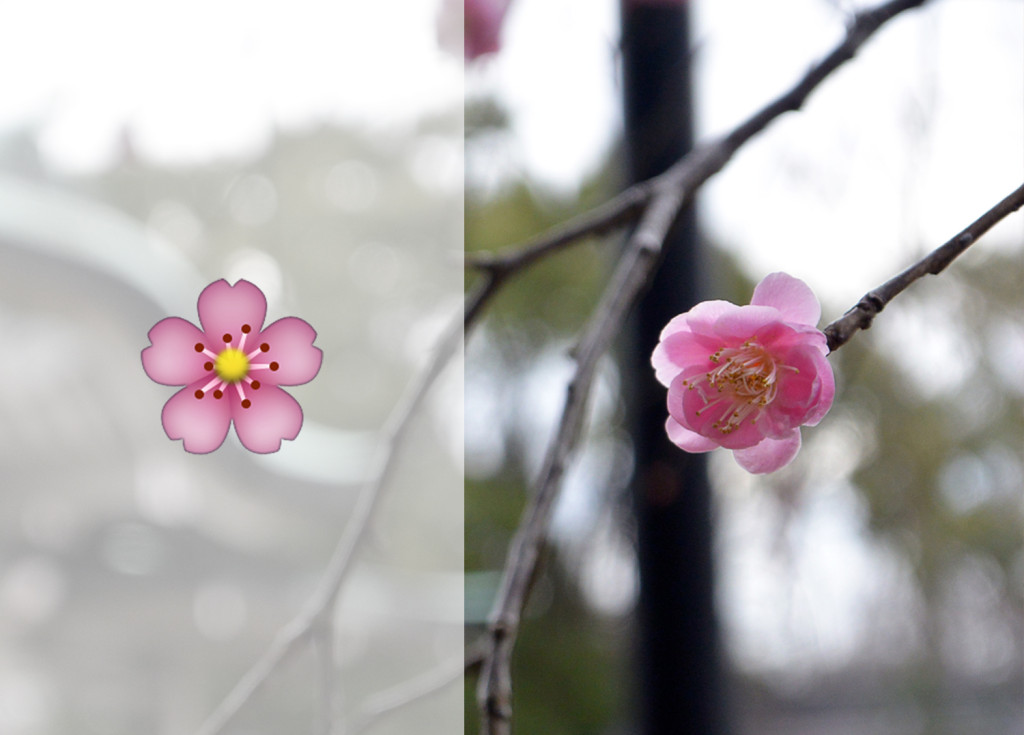
Cherry Plum blossom?
So I really don’t know what kind of flower this emoji is. I’m assuming it is supposed to be the cherry blossom people rave about, but tbh it looks basically like the less internationally-celebrated (though still wildly popular in Asia) plum blossoms that were spotted in a garden at Osaka Castle. What do you think?
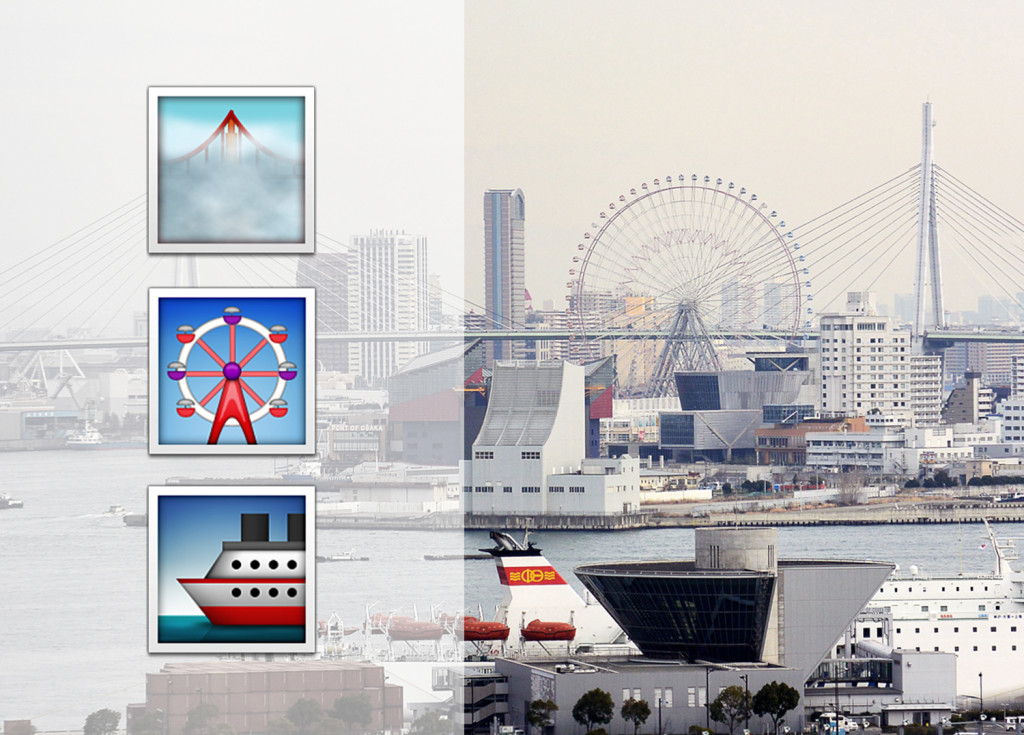
Bridge, ferris wheel, boat
Okay, okay. I realize these are things that exist basically anywhere but I saw them in Japan so they count, ok? This picture is a view from my hotel room at the Hyatt – which is on the outskirts of Osaka, near the harbor. Also, Japan just has a ton of bridges, so there!
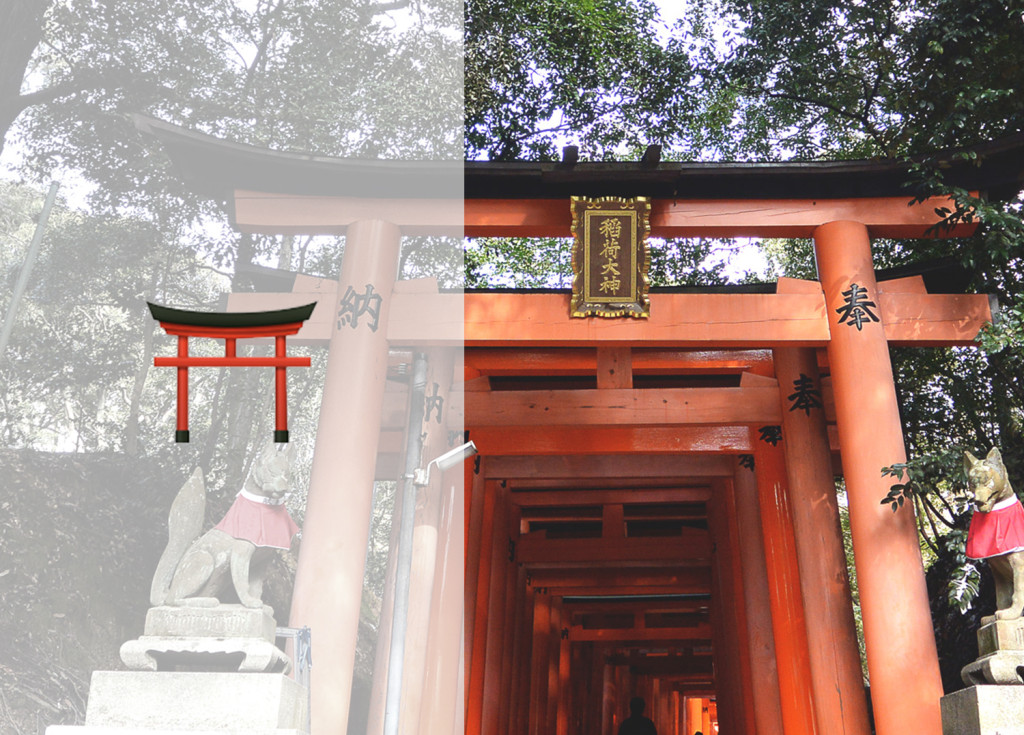
torii
Japanese Shinto temples and shrines usually have a couple of these recognizable torii gates – colored differently depending on region – leading to the main building(s). Fushimi Inari Taisha in Kyoto has thousands. So walking through is like: ⛩⛩⛩⛩⛩⛩⛩⛩⛩⛩ (you get the point). On maps in Japan, this torii symbol is often used to represent the location of a Shinto shrine.
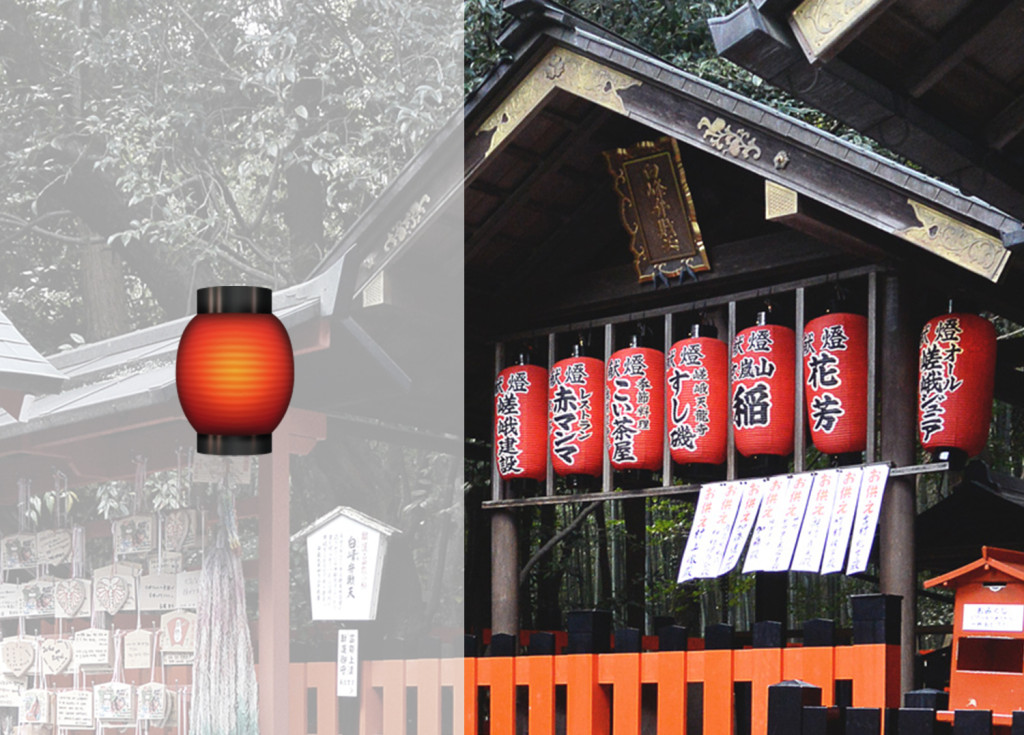
red lanterns
While this lantern emoji is probably used to represent Asian lanterns at large, apparently this emoji is specifically supposed to be the Izakaya lantern, a lantern which is hung outside to signal small bars that serve casual meals. Which is definitely not what this picture illustrates. Bite me.
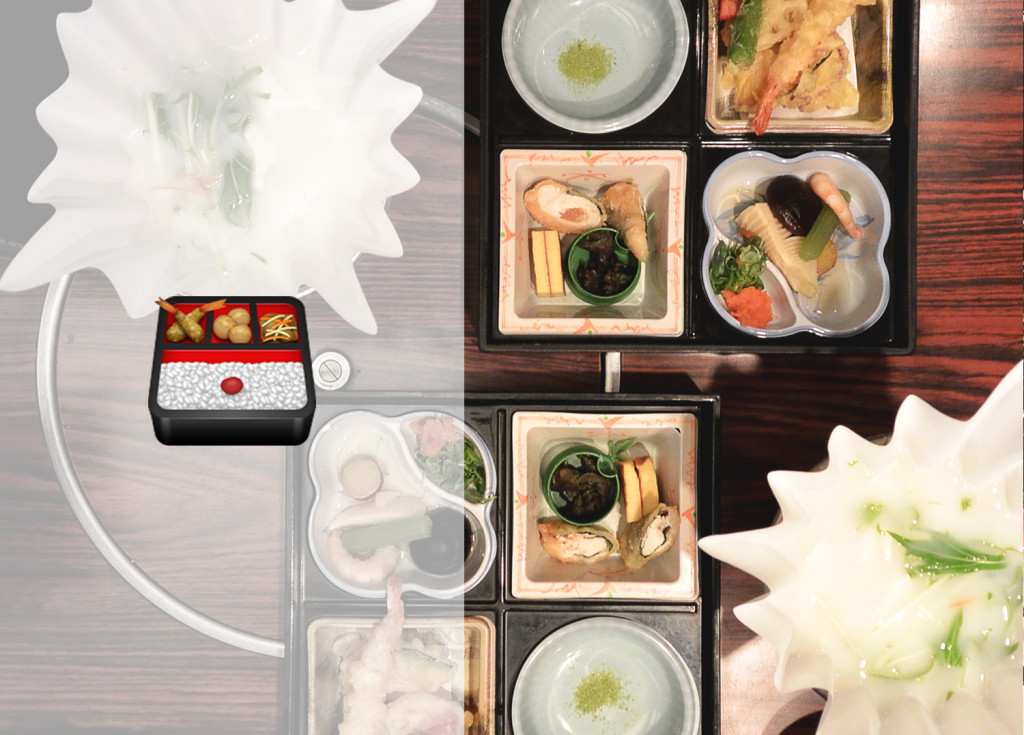
bento box
I imagine that Japanese people are all brainwashed to be very organized. There is a place for everything and even meals are compartmentalized, with tiny dishes (of all shapes and colors) making up a full meal. Perfect for my type A tendencies.
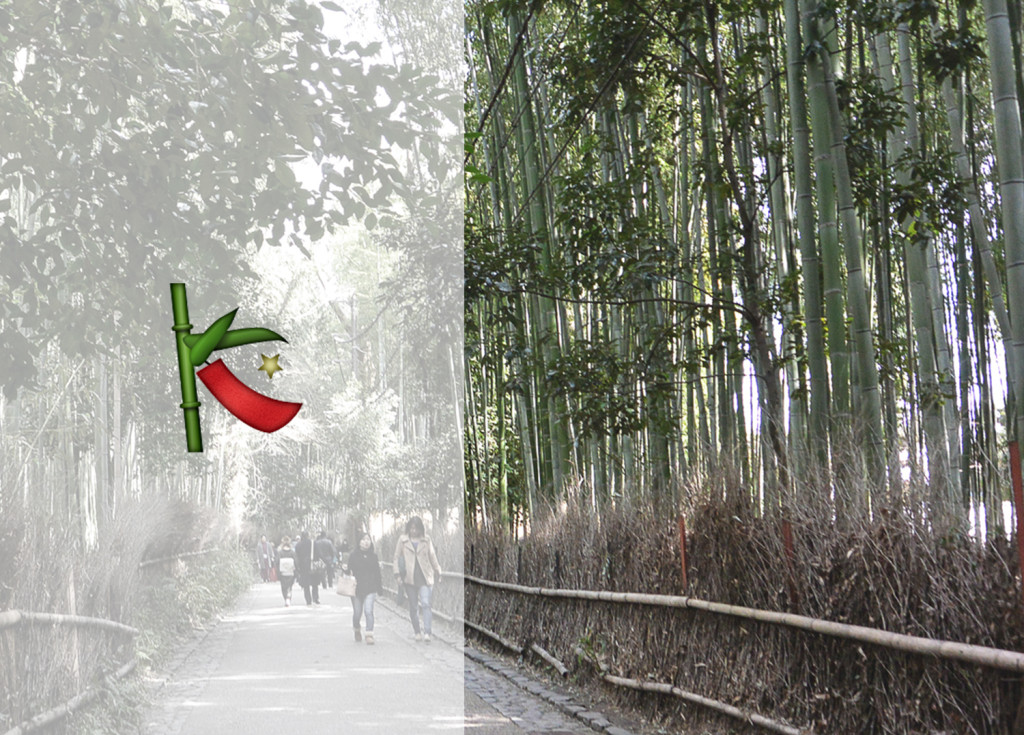
bamboo
Bamboo emoji for the bamboo forest. Now that I am (over)thinking about it, it feels weird to think of bamboo as trees and not just, well…bamboo…
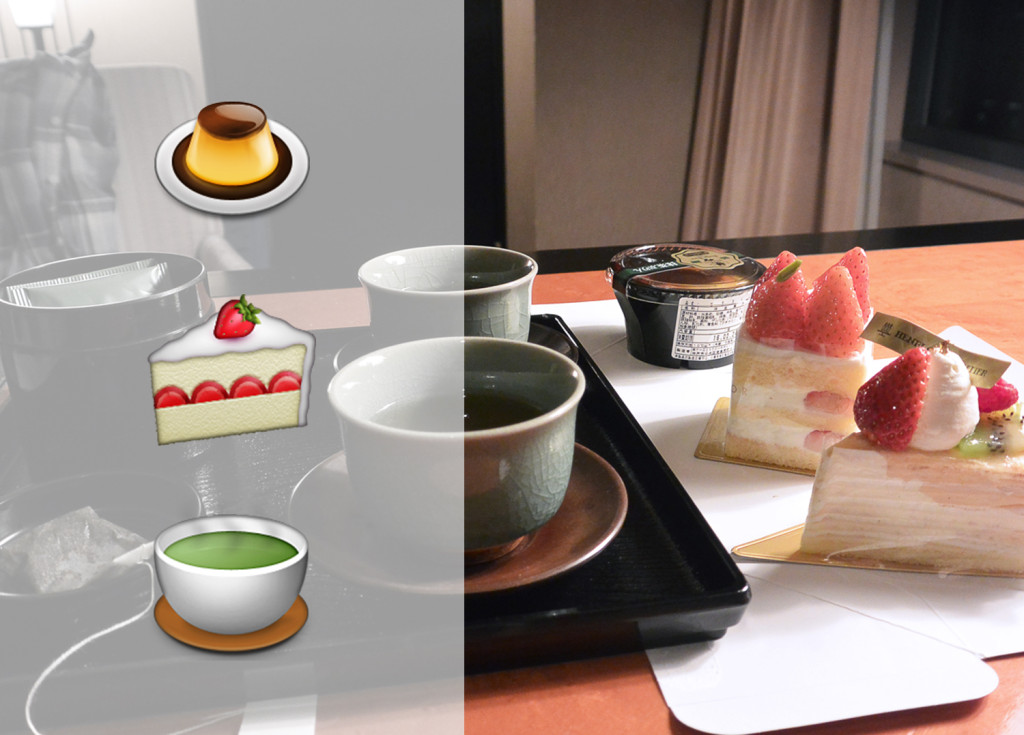
desserts
My favorite time is always dessert time. It was strawberry season in February so there was strawberry cake everywhere. Also, pudding in Japan is SO GOOD. Even just a random one bought at the nearest 7-Eleven was so rich and velvety and delicious. And of course green tea is everywhere (think: matcha flavored everything).
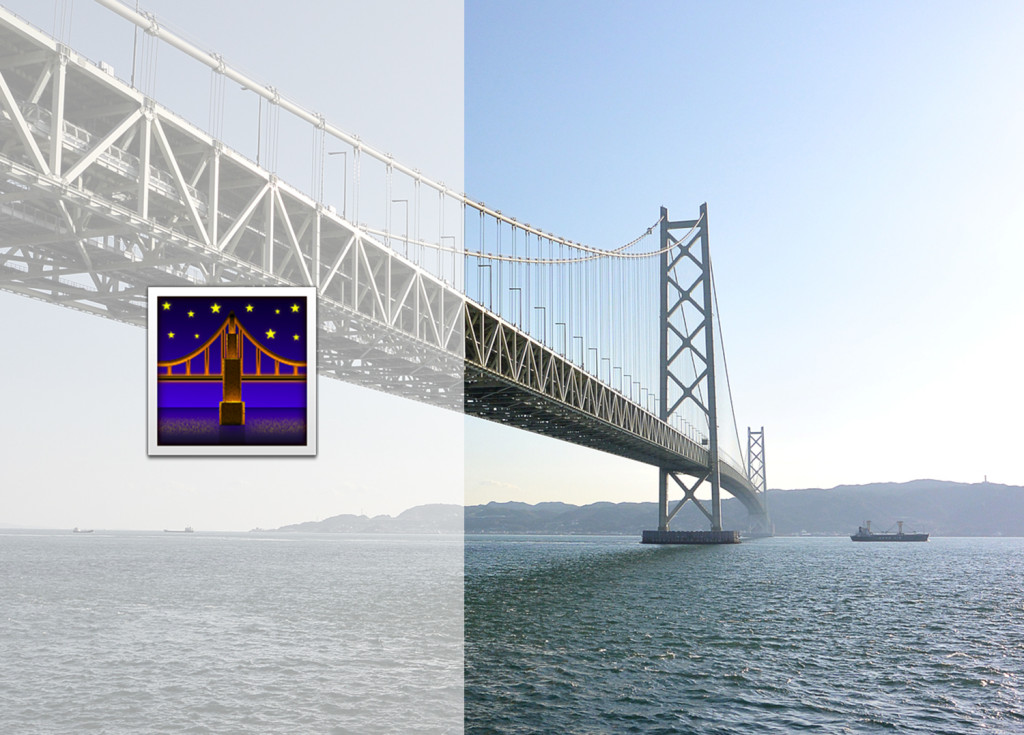
(another) bridge
Except this one happens to be the longest suspension bridge in the world. In Kobe, Japan. Hashtag not SF?
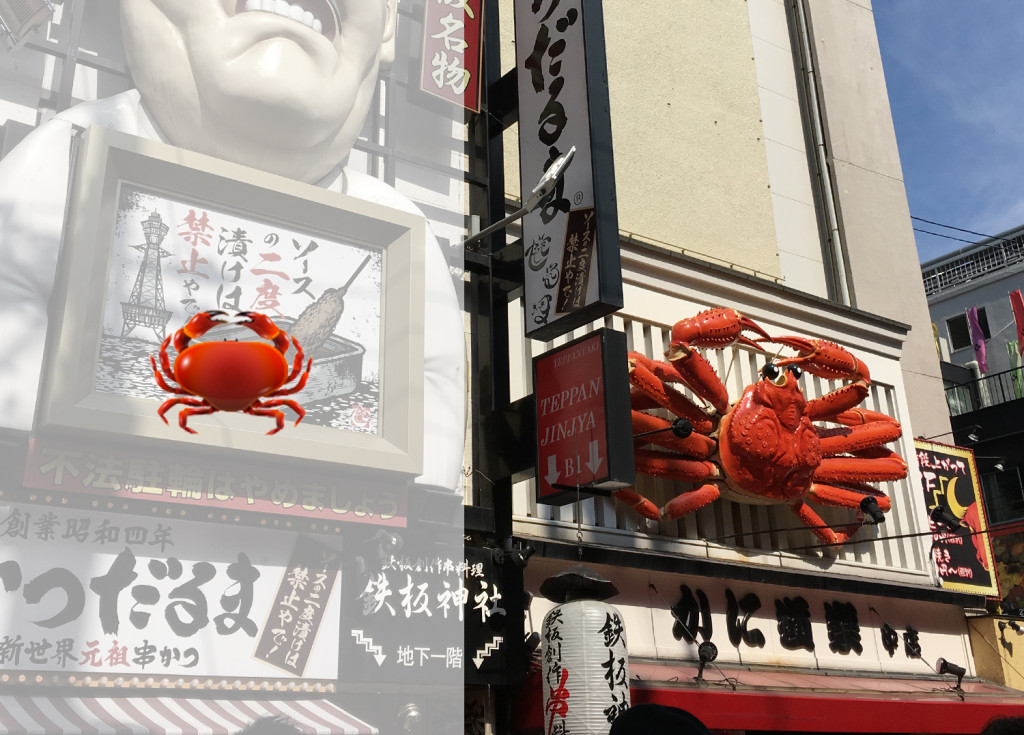
(giant) crab
Dotonbori, a central shopping district in Osaka, is known for its large and obnoxious and, in this case, moving signs. This very large iconic mechanical crab draws customers to the crab restaurant below.
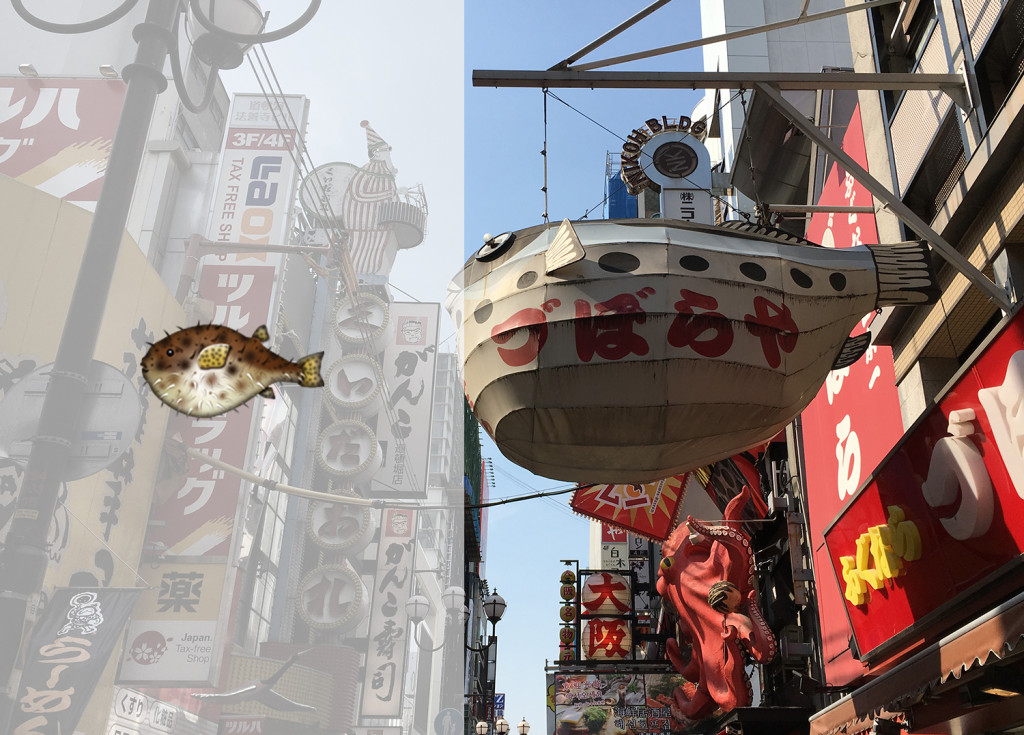
(giant) puffer fish
See above. Also, I love that they have a puffer fish emoji. Like, it’s so random, pero like it actually probably exists because of the popularity in Japan.
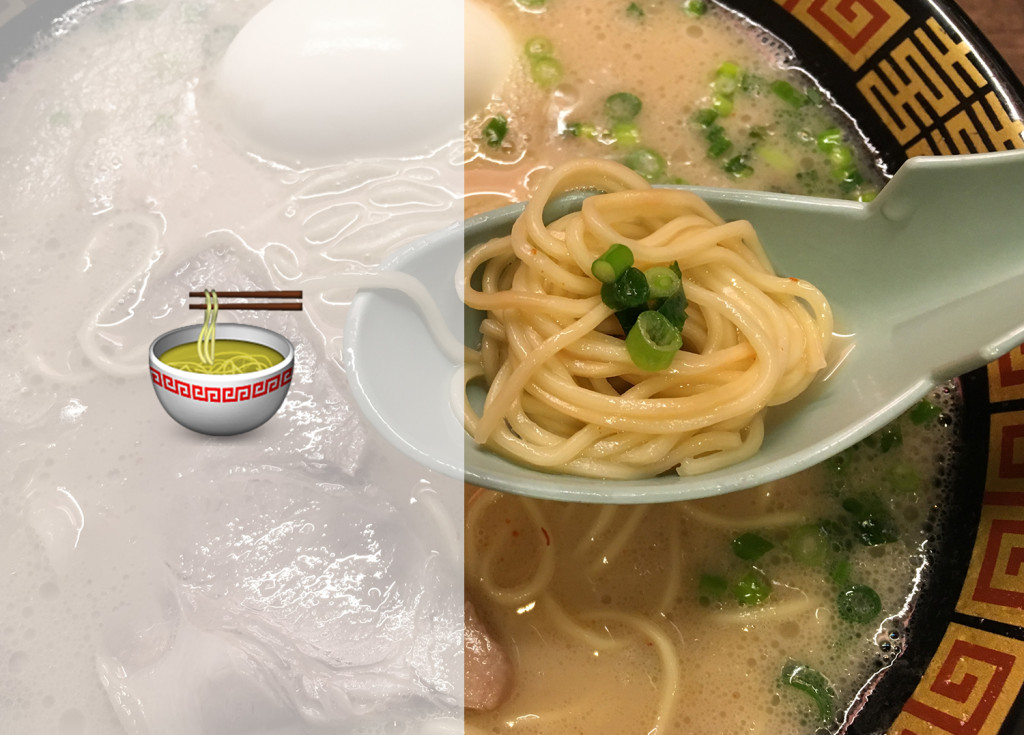
ramen
SAVED THE BEST FOR LAST! Probably my favorite emoji bc I love noodles. Ramen in Japan is always a safe choice; no matter what the regional style is, we can all just assume it’ll probably taste amazing. But also, can I point out that the design on the bowl actually kinda matches the emoji?
It’s so crazy to think how something as simple (and kinda stupid) as emojis have transformed society. Simply by replacing certain words and expressions with a limited set of tiny pictures has changed the way people think and communicate and interact. Brands and advertisers perpetuate this emoji culture in response to popular usage, like an endless feedback loop. Emojis have transformed communication in such a short time, and, as made apparent in this photo essay, are limited to certain perspectives and experiences. It’ll be interesting to see how this changes over time.

